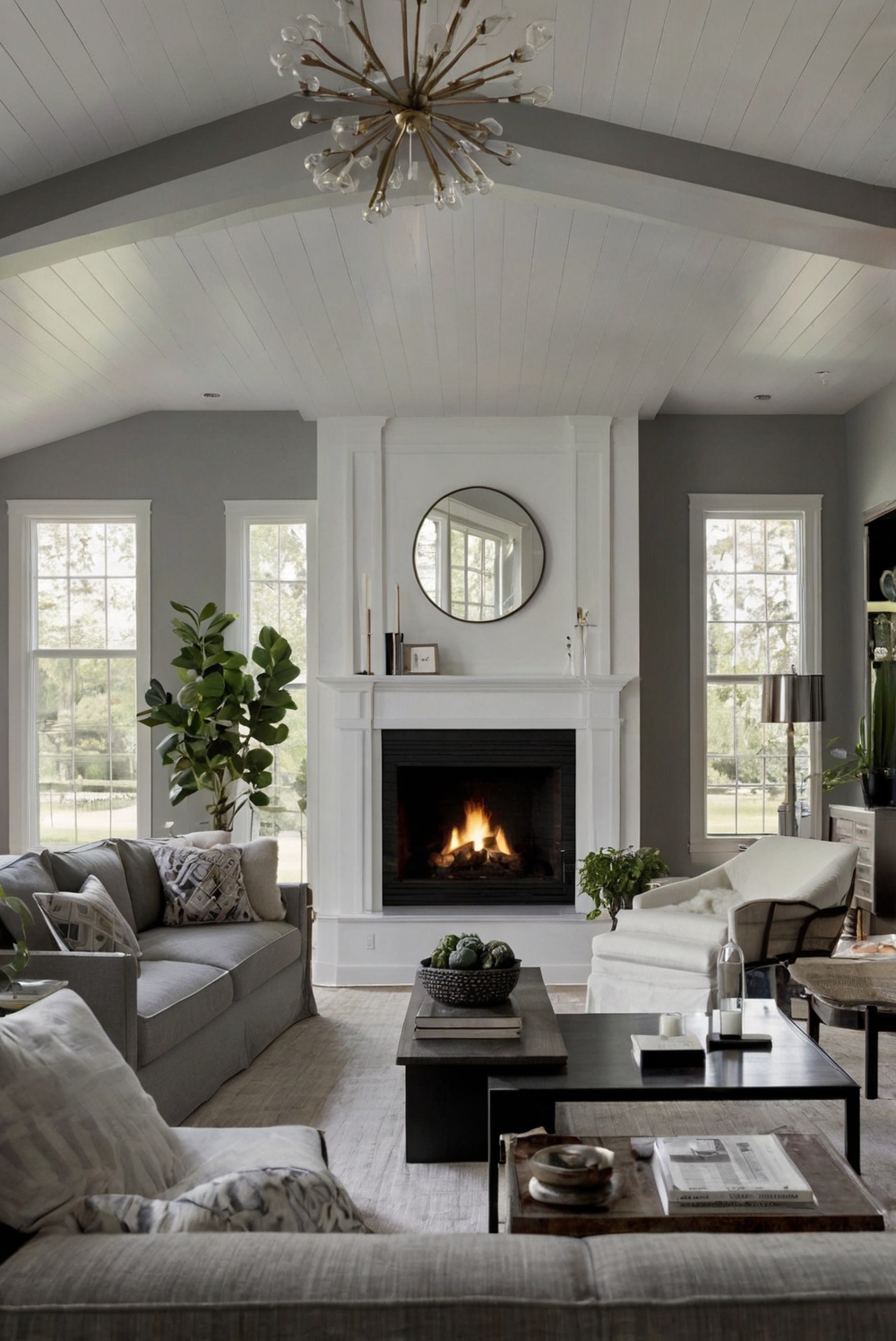Explore the impact of lighting on your living room sofa area with this daily interior designer routine for a cozy and inviting space. Let’s enhance your home!
What Role Does Lighting Play in Enhancing Your Living Room Sofa Area?
Proper lighting can enhance the ambiance of your living room sofa area, creating a cozy and inviting atmosphere. Strategically placed lights can highlight your sofa, making it a focal point of the room. Natural light can brighten the space, while warm, soft lighting can create a relaxing environment for unwinding after a long day. Consider using accent lighting to showcase artwork or decorative items near the sofa. Dimmer switches are a great way to control the intensity of the light, allowing you to adjust it based on your mood or the time of day.
What Role Does Lighting Play in Enhancing Your Living Room Sofa Area?
Lighting plays a crucial role in enhancing your living room sofa area. The right lighting can transform the ambiance, mood, and functionality of the space. It not only illuminates the room but also highlights the sofa area, making it a focal point of the room.
Proper lighting can accentuate the design and style of your sofa, showcasing its colors, textures, and details. It can create a warm and inviting atmosphere, making the sofa area a cozy and comfortable place to relax and unwind.
Moreover, lighting can improve the functionality of the sofa area by providing adequate illumination for reading, watching TV, or socializing. It can also enhance the overall aesthetics of the room, making it more visually appealing and appealing.
How Can Different Types of Lighting Enhance Your Living Room Sofa Area?
There are three main types of lighting that can enhance your living room sofa area: ambient lighting, task lighting, and accent lighting.
Ambient lighting provides overall illumination to the room and sets the mood. It can create a warm and inviting atmosphere in the living room, making the sofa area a cozy and comfortable space to relax.
Task lighting is focused on providing adequate illumination for specific tasks, such as reading or working. Placing a reading lamp near the sofa can enhance the functionality of the sofa area and make it more comfortable for activities that require focused lighting.
Accent lighting is used to highlight specific areas or objects in the room, such as artwork or the sofa itself. Adding accent lights above or behind the sofa can draw attention to the sofa area and create a visually appealing focal point in the room.
What Are Some Tips for Choosing the Right Lighting for Your Living Room Sofa Area?
When choosing lighting for your living room sofa area, consider the functionality, design, and ambiance you want to create in the space.
Consider the size and layout of the room when selecting the type and placement of lighting fixtures. Make sure the lighting is proportional to the size of the sofa area and complements the overall design of the room.
Choose lighting fixtures that complement the style and color scheme of the sofa and the room. Whether you prefer modern and sleek fixtures or traditional and ornate ones, make sure they enhance the aesthetics of the sofa area.
Experiment with different lighting combinations to find the right balance of ambient, task, and accent lighting for your sofa area. Mix and match fixtures to create a layered lighting scheme that adds depth and dimension to the space.
How Can Smart Lighting Systems Enhance Your Living Room Sofa Area?
Smart lighting systems can enhance your living room sofa area by providing convenience, control, and efficiency in managing your lighting.
With smart lighting, you can adjust the brightness, color, and intensity of the lights with a simple touch of a button or a voice command. This allows you to create different moods and ambiances in the sofa area based on your preferences or activities.
Smart lighting systems also offer energy-saving features, such as timers, motion sensors, and dimmers, that help reduce energy consumption and lower your electricity bills. They can also integrate with other smart home devices, such as thermostats and security systems, for a seamless and connected living experience.

